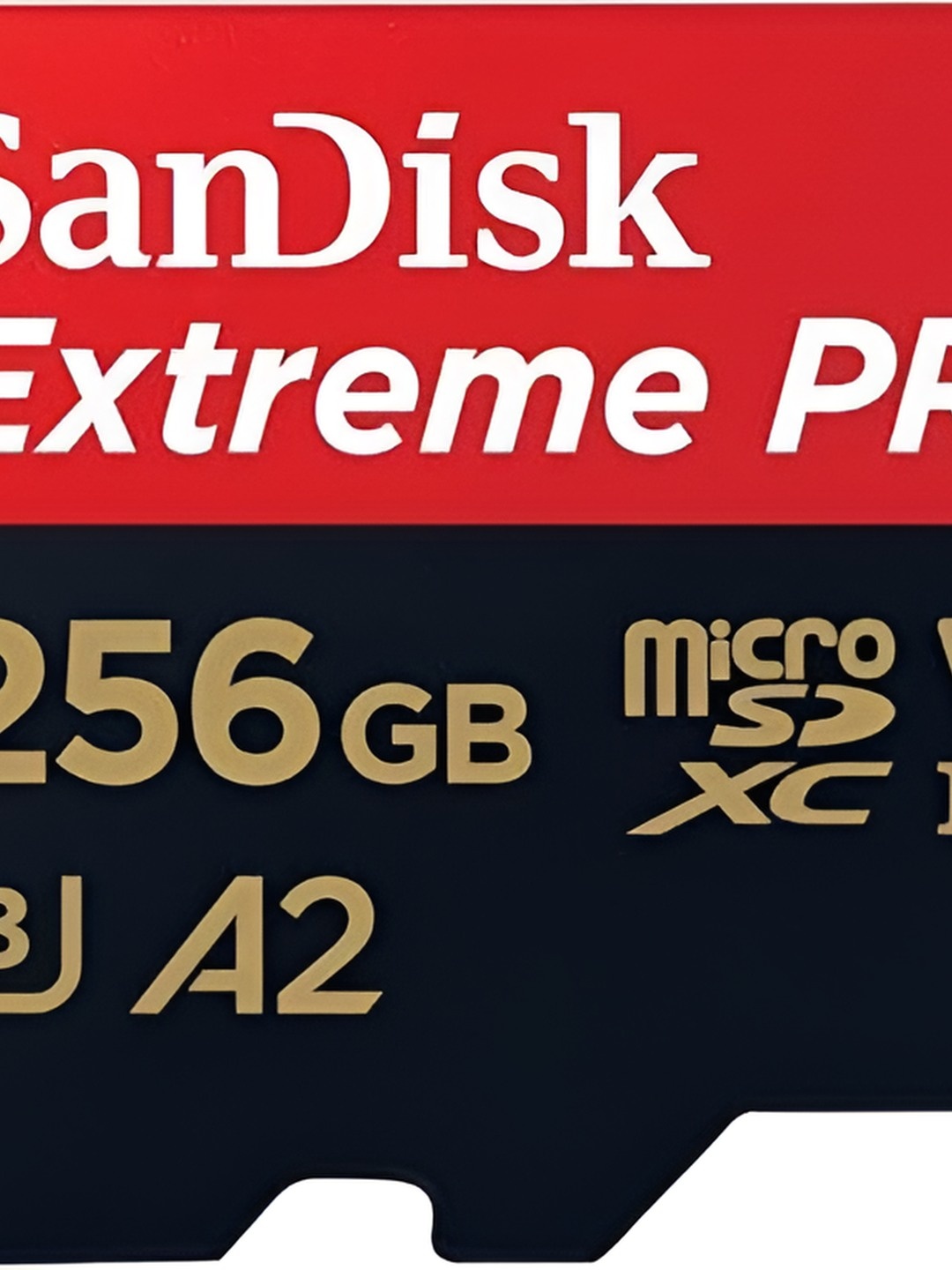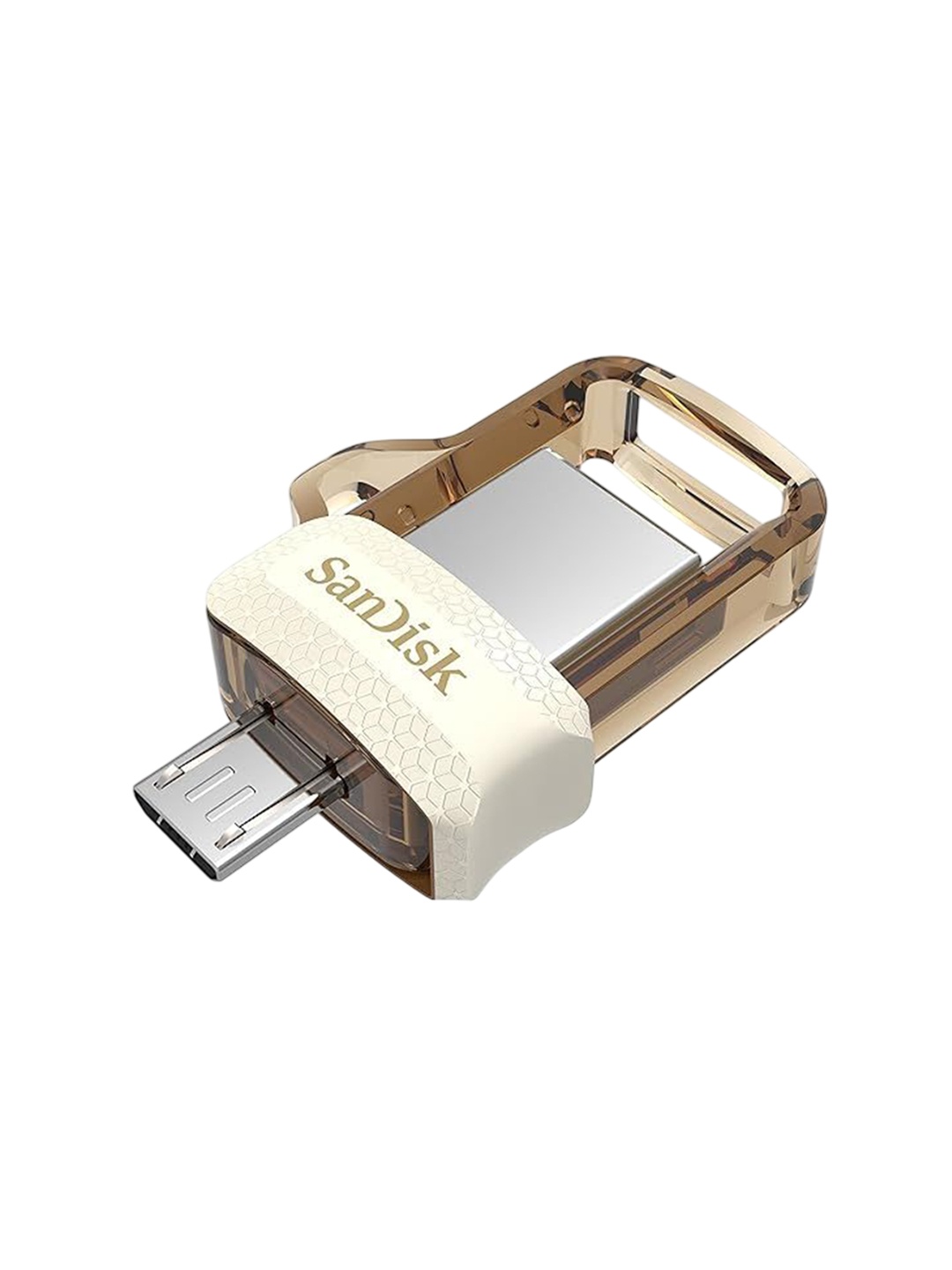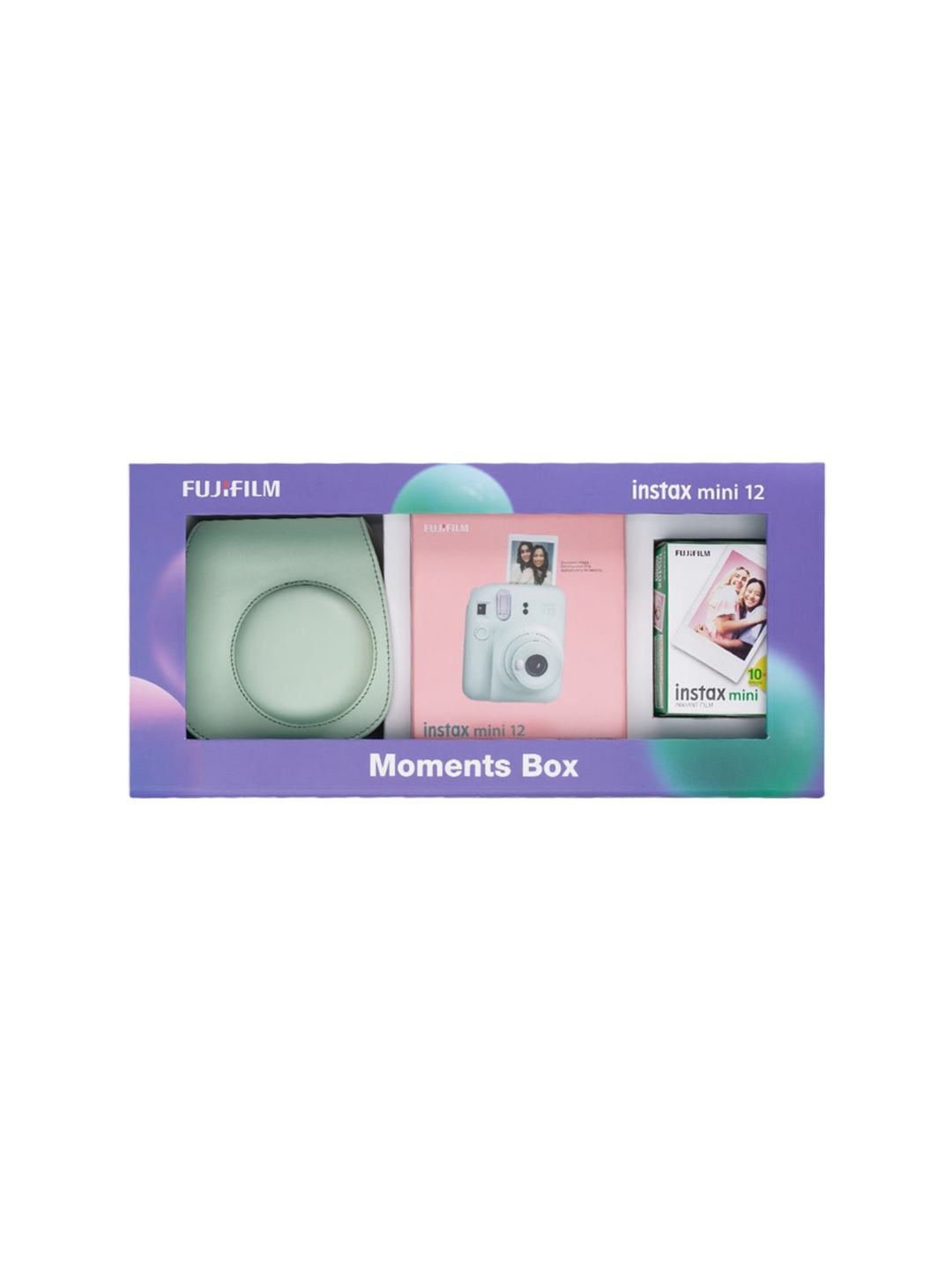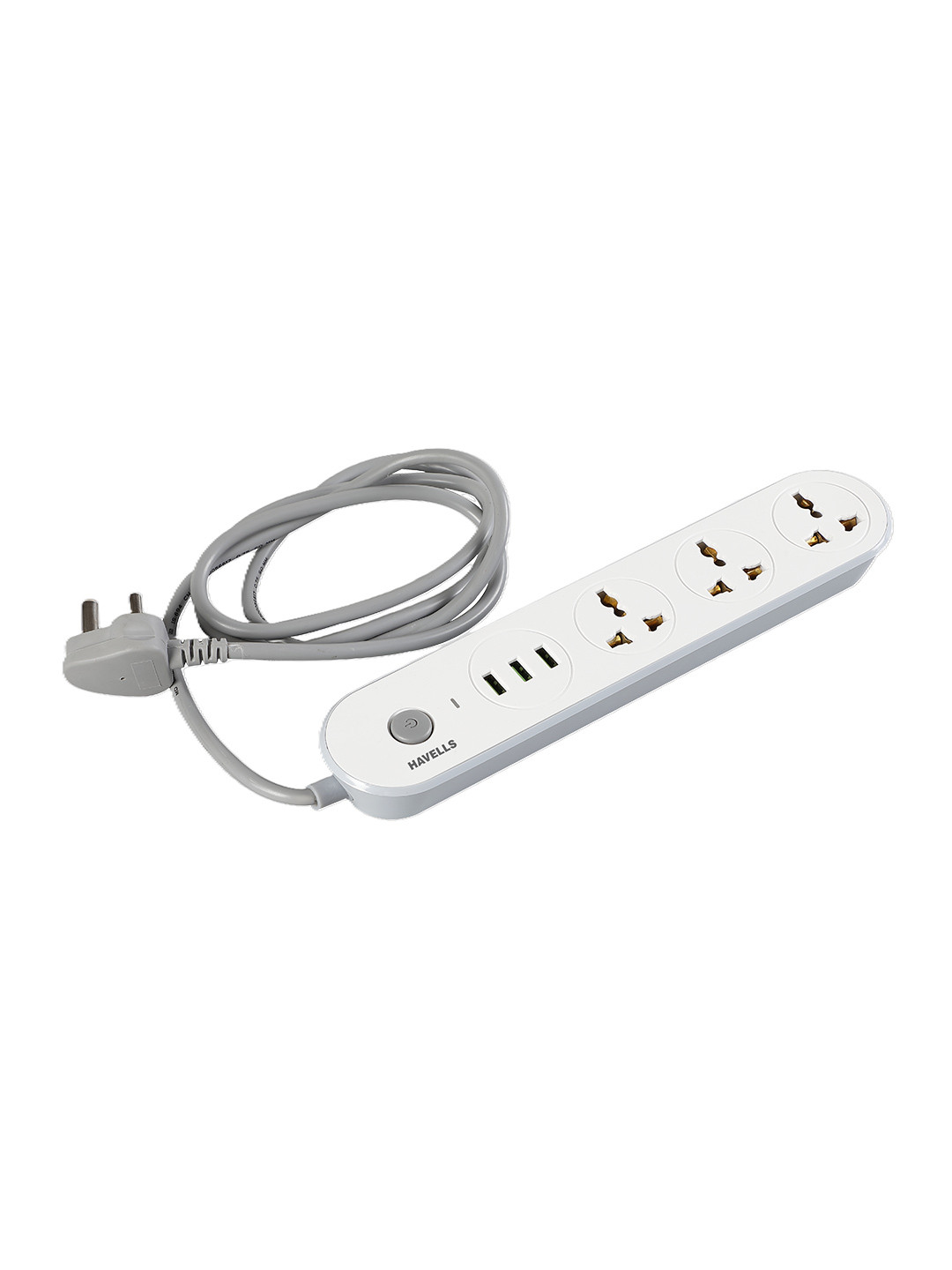Inkjet Versus Laser Printers: Which One Actually Saves You More Money?
Buying a printer is only half the story, the real cost lies in maintaining it over time. While inkjet printers are often cheaper upfront, laser printers promise long-term savings. Let’s break down the cost of ownership and printing quality.

Inkjet Versus Laser Printers: Which One Actually Saves You More Money?
A printer is one of those household or office essentials that rarely gets much thought, until it runs out of ink or toner at the worst possible moment. Then comes the inevitable question: Why is printing so expensive?
Choosing between an inkjet and a laser printer often boils down to more than just the sticker price. While inkjet printers are generally more affordable initially, laser printers offer long-term savings with efficient toner usage. But which one truly gives you the best bang for your buck? This is where things get interesting.
To answer this, let's break down all the cost factors, from the initial purchase price to ongoing maintenance and hidden expenses. By the end of this comparison, you'll have a clear understanding of which printer is the real money-saving champion.
Also Read: Tired Of Paper Jams? Here's How To Pick A Printer That Won't Frustrate You
1. Upfront Cost: Inkjet Wins The First Round
When it comes to initial affordability, inkjet printers take the prize. Walk into any electronics store, and you'll find inkjet printers selling for as little as ₹3,000 to ₹11,000. On the other hand, laser printers start at around ₹11,000 and can go up to several hundred pounds for more advanced models.
For students, home users, or casual printers, an inkjet printer's lower price tag is highly attractive. The affordability makes it an easy purchase without much second thought. However, while inkjet printers win in this category, the real question is: Do they remain cost-effective in the long run?
2. Ink vs. Toner: The Real Cost Battle
Here's where the tides start turning. Inkjet printers use liquid ink, while laser printers rely on powdered toner. Ink cartridges might seem cheaper at first, but they run out frustratingly fast. Some ink cartridges barely last 200 pages.
Toner cartridges, while more expensive upfront, can last thousands of pages before needing replacement. The cost per page for inkjet printers can range between 5p to 10p, whereas laser printers usually print for less than 2p per page. Over time, the savings from using toner instead of ink add up significantly.
If you print frequently, a laser printer will pay for itself in toner savings alone. If you only print occasionally, however, an inkjet's ink costs might not bother you as much.
3. Print Volume And Frequency: Who's The Real Workhorse?
If you only print a few pages a month, an inkjet printer is fine. However, if you print regularly, an inkjet can become frustratingly expensive and inefficient.
Inkjet printers are designed for low-volume printing, printing too often means constantly replacing expensive ink, while printing too little can cause ink to dry up, leading to wasted cartridges.
Laser printers, on the other hand, are built for high-volume printing. Their toner doesn't dry out, and a single cartridge can last for thousands of pages. Offices and businesses that print daily will save a fortune with a laser printer, making it the obvious choice for heavy usage.
4. Print Quality: It's A Tie, Depending On What You Print
When it comes to quality, both types of printers excel in different areas.
Inkjet printers shine when printing high-quality photos, detailed graphics, and colour documents. The ink produces vibrant, rich colours, making them ideal for photographers, designers, or anyone who needs visually striking prints.
Laser printers, however, are the kings of text-based printing. If your main need is crisp, professional-looking black-and-white documents, a laser printer will deliver sharper results with no smudging.
So, which one saves more money here? If your priority is photos and colour-heavy documents, an inkjet printer might be the better choice despite its ink costs. If you mostly print standard documents, a laser printer will save you money over time with its efficiency.
5. Maintenance Costs: The Hidden Expense Trap
Inkjet printers might be cheaper to buy, but they often come with maintenance headaches. Dried ink, clogged nozzles, and expensive replacement cartridges make upkeep costly. Many inkjet printers even require colour cartridges to be replaced, even if you only print in black and white!
Laser printers, by contrast, require far less maintenance. Toner cartridges last longer, and laser technology means there are fewer moving parts to break down. While occasional drum replacements or fuser issues can arise, these costs are infrequent.
When it comes to long-term maintenance expenses, laser printers emerge as the smarter financial choice.
6. Energy Efficiency: Which One Saves You More On Electricity?
Here's a surprising cost factor: electricity consumption.
Inkjet printers use very little power, even when actively printing. They don't require warm-up time and work efficiently in small bursts.
Laser printers, on the other hand, require heat to fuse toner onto paper. This means they consume more energy, especially in high-volume settings. A laser printer can use 300–500 watts when printing, compared to an inkjet's 30–50 watts.
While this won't make a huge difference on your electricity bill, inkjet printers technically win in terms of energy efficiency. However, the savings in toner and maintenance from a laser printer often outweigh this minor electricity cost.
7. Longevity: Which Printer Lasts Longer?
A printer that lasts longer means fewer replacements and more savings.
Inkjet printers, due to their lower build quality, tend to have a shorter lifespan. Frequent ink-related issues, clogging, and general wear and tear mean that an inkjet printer might only last 3–5 years.
Laser printers, built for high-performance office environments, can last 5–10 years or more with proper maintenance. Since toner doesn't dry out, these printers also remain functional even after months of inactivity, something inkjets struggle with.
A laser printer's durability makes it a better investment for long-term savings, especially if you want to avoid the hassle of buying a new printer every few years.
8. The Bottom Line: Which One Truly Saves You More Money?
After considering all the costs, upfront price, ink/toner expenses, print volume, maintenance, energy use, and longevity, the winner depends on your printing habits.
For casual users who print infrequently and need colour prints, an inkjet printer may be the more cost-effective option, despite higher ink prices.
For frequent or high-volume users, especially those who mainly print black-and-white documents, a laser printer offers significant savings in the long run.
While inkjet printers appear cheaper at first, their costly ink refills and shorter lifespan make them more expensive over time. Laser printers, despite a higher initial cost, save money through efficient toner use, fewer maintenance issues, and overall longevity.
If long-term savings are your goal, a laser printer is the clear winner.
Products Related To This Article
1. Epson Eco L3266 Multi-function WiFi Color Ink Tank Printer
2. Canon PIXMA Ink Efficient G1010 Single Function Color Ink Tank Printer
3. HP 1008A Single Function Monochrome Laser Printer
4. brother DCP-T226 Multi-function Color Ink Tank Printer
5. HP LASERJET PRO P1108 PLUS Single Function Monochrome Laser Printer
6. Canon PIXMA MegaTank/Ink Efficient G2012 Multi-function Color Ink Tank Printer
7. Epson Eco Tank L3260 Multi-function WiFi Color Ink Tank Printer with 1-year warranty or 30,000 pages*
8. brother DCP-T426W Multi-function WiFi Color Ink Tank Printer (Borderless Printing) for Home Usage
Choosing between an inkjet and a laser printer isn't just about the purchase price, it's about the long-term costs that come with it. While inkjet printers are more affordable upfront, they often lead to higher expenses in ink refills and maintenance. Laser printers, though pricier at first, make up for it with lower toner costs, minimal upkeep, and a longer lifespan.
Ultimately, the best choice depends on your needs. If you print occasionally and need colour, an inkjet printer will serve you well. But if you're looking for a cost-effective, long-lasting solution, especially for frequent printing, investing in a laser printer will save you more money in the long run. So, before you grab that cheap inkjet printer from the shelf, think twice; sometimes, paying a little more upfront can lead to bigger savings down the road. Shop now on Flipkart.
Disclaimer: The images used in this article are for illustration purpose only. They may not be an exact representation of the products, categories and brands listed in this article.




























